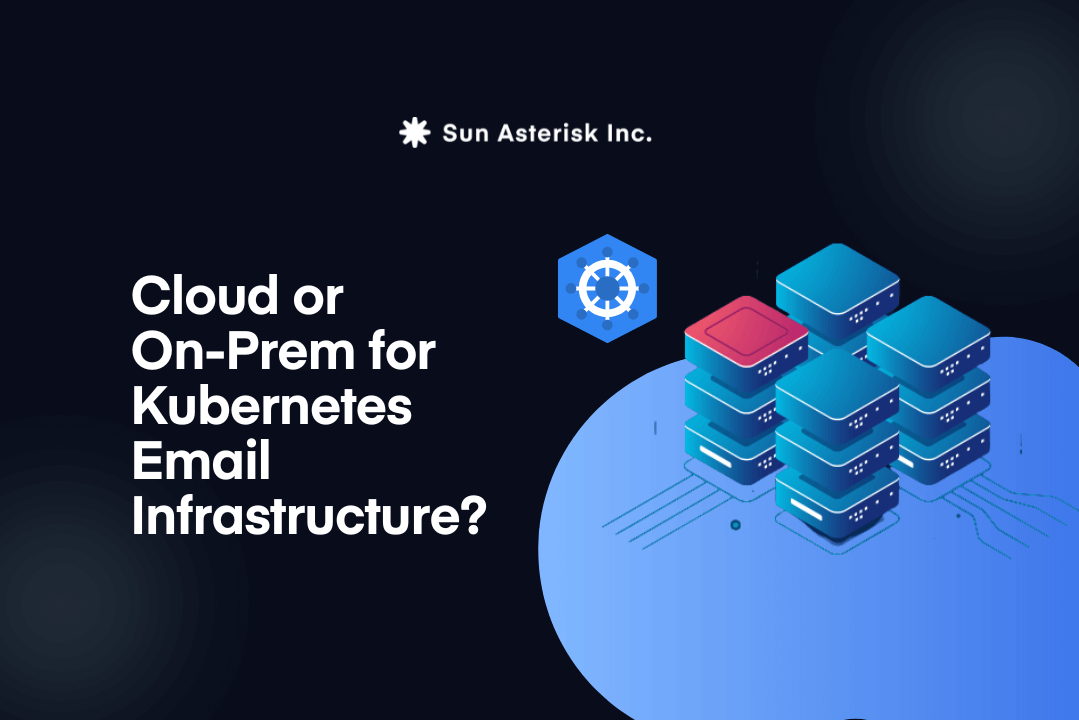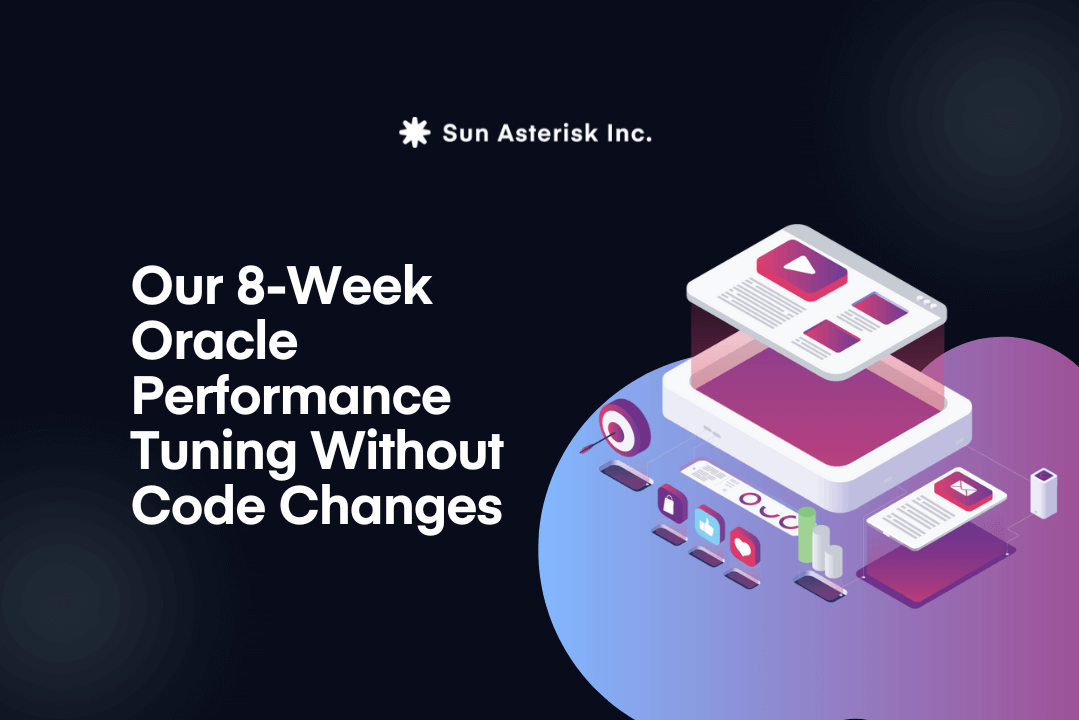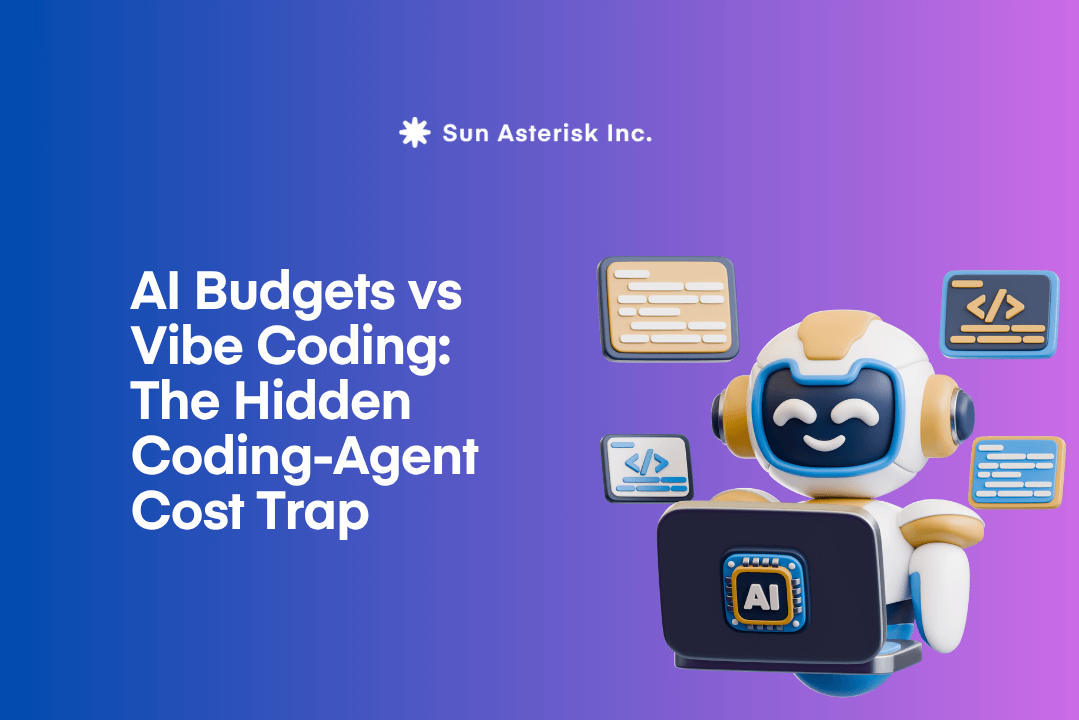“Modern” has become shorthand for “managed.” For a lot of tech teams, that quietly turns into paying forever for burst capacity that never bursts and egress you can’t escape. If your Kubernetes email workload is steady, I/O-predictable, and latency-sensitive, Kubernetes cost optimization starts with fit: cloud elasticity isn’t a benefit – it’s a bill.
We didn’t arrive at that opinion by doomscrolling think pieces. We got there by living with a workload that barely flexed, watched the invoice go up anyway, and chose a different question to ask.
We love the cloud. We also love not paying for flexibility we don’t use.
Surveys keep finding material cloud waste. StormForge data pegs potential waste as high as ~47% of cloud budgets, which is why cost optimization (or fit) beats “just squeeze the bill” thinking.
This article below isn’t an assumption or theory. It’s the cost lens we earned in production, migrating a real Kubernetes email platform and trimming OpEx ~40%.
We’re sharing the parts you can reuse in your cloud-vs-on-prem decision for Kubernetes email.
Kubernetes cost optimization’s 1st principle: elasticity
✘ Wrong question: “How do we spend less on cloud?”
✔ Better question (Kubernetes cost optimization 101): “Does this workload belong in the cloud at all?”
That single switch reframes the whole conversation from coupon-clipping to operability and TCO (total cost of ownership). Can we make this system straightforwardly reliable, predictable, and accountable?
For a K8s mail platform we run, the answer was yes.
Moving to a right-sized on-prem stack made cost, control, and latency more predictable. OpEx dropped ~40%. The number matters less than the lens.
Kubernetes cost optimization: myths vs facts
Elasticity isn’t automatically cheaper.
For steady outbound mail, the everyday toll is simple math: typical internet data transfer out is ~$0.09/GB on AWS, and a NAT Gateway adds ~$0.045/GB plus hourly charges. Costs that don’t disappear just because your traffic never bursts.
If traffic sits in a tight band and egress is noisy, you’re renting headroom you never use. We call it the flex tax. It doesn’t sound right when all companies are shrinking down their infrastructure budget, right?
Cloud wins when you truly burst or need global reach; otherwise, you’re paying a premium for possibility, not reality.
“Modern” ≠ “managed everything.”
Modern means operable: clear SLOs, clean rollbacks, observable paths, and shipping without drama.
We want no drama in our deployments.
If managed layers don’t buy predictable cost, data control, or lower latency, keep them. If they do, own only the substrate that moves outcomes.
Repatriation isn’t backward; it’s sideways toward predictability.
For fixed-shape email traffic, repatriation is a Kubernetes cost optimization move.
Flat duty cycles + chatty egress → amortized spend on-prem, plus less jitter from multi-tenant noise and extra hops.
That only pays off if you operate it like a platform: SLOs, observability, backup/restore, runbooks, on-call, patch cadence.
No ops muscle? Buy managed reliability a bit longer.

The cost view (quick math you can run in 10 minutes)
Cloud monthly:
nodes + control plane + storage IOPS + egress + NAT + observability + support
On-prem monthly (amortized):
(servers + storage + networking + install) / 36 months + power/cooling + maintenance + support + staff slice
We know, AWS includes 100GB/month of free egress, but most production email pipelines blow past that quickly; beyond the free tier, standard DTO pricing applies.
Email-specific drivers and what they actually mean
Throughput shape: msgs/sec steady vs spiky
Email behaves more like a conveyor belt than a fireworks show.
If your flow is a tight, predictable band, the cloud’s elasticity premium becomes a flex tax you rarely use. If you truly burst (marketing blasts, seasonal spikes), elasticity wins.
Either way, measure duty cycle, queue depth, and per-domain concurrency limits (ESPs throttle you long before Kubernetes does).
Egress mix: outbound GB/day (billing cliff)
Only one direction gets billed: outbound to the internet.
Attachments, inline images, and archiving/journaling can turn a “small” workload into a DTO line item you feel every month. If outbound dominates your cloud invoice, you’re optimizing the wrong knob unless you confront egress head-on.
Adjacency: distance to directory, spam filters, logging
Mail touches a lot of neighbors: directory/LDAP or OIDC for auth, content filters/AV/DLP, spam reputation services, and log sinks/SIEM.
Every extra hop adds latency and failure surface. Put the MTA near its heaviest dependencies (and the users it serves), and you cut p95/p99 jitter and cross-AZ/region charges.
SLOs: p95/p99 delivery latency, bounce/complaint rates
Uptime isn’t the SLO that matters here.
Define time-to-hand-off (p95/p99), max queue depth, and inbox health (SPF/DKIM/DMARC pass, bounces, complaints). These are the numbers your users and compliance team actually feel.
If on-prem flattens p99 and keeps feedback loops green, that’s real value.
Ops maturity: runbooks, drills, patch cadence
Owning the substrate means owning the plain bits: rDNS/PTR, DKIM rotation, rate-limit backoff, blocklist monitoring, MX failover drills, backup/restore.
If those runbooks aren’t written and rehearsed, cloud is cheaper than learning during an incident. If they are, on-prem stops being “old-school” and starts being predictable.
Five operating rules (before you touch a cluster)
1) Instrument reality first
If you can’t say msgs/sec, GB/day egress, p95/p99, peak concurrency, and queue depth out loud, you’re guessing. Baselines prevent “hardware by hope,” stop scope creep, and make TCO math defensible.
Quick gut check: can your team answer those five numbers in 60 seconds?
2) Replicate use, not features
Parity-chasing with every cloud toggle bloats scope. Rebuild what the app actually uses (send, exchange, auth, observe) and skip the rest. If a feature didn’t move SLOs in cloud, it probably doesn’t deserve a line item on-prem.
3) Design for boring
Boring is a feature: predictable queues, clean auth/reputation, clear error budgets, one-command rollbacks. If you can’t recover fast, you’re not ready to own the substrate.
4) Dual-run by default
Shadow → canary → commit. Side-by-side traffic surfaces deliverability quirks, latency outliers, and reputation drift before customers see it. Set abort thresholds up front (e.g., complaint rate +X%, p99 +Y ms for Z minutes).
5) Make the decision auditable
Write the criteria, trade-offs, and an exit plan.
Industry tracking shows most companies still struggle to fully allocate cloud spend – only about 22% have more than 75% of costs allocated – so writing the criteria and keeping a paper trail isn’t red tape; it’s how you avoid ghost spend.
Keep the 5-minute gate results, SLO/error budgets, cutover/rollback plan, and RACI for day two. Security, finance, and ops will all ask; have the receipts.
“Is on-prem worth it?” — Our 5-minute test (email on K8s)
Four or more “yes” → consider on-prem. Three or fewer → stay cloud and raise ops maturity.
☐ Steady: load barely flexes week to week
☐ Egress-heavy: outbound volume meaningfully drives spend
☐ Local SLOs: predictable latency beats global reach
☐ Ops-ready: we can run K8s + mail substrate with real runbooks/on-call
☐ Plan-able: hardware/space/power/failure domains clear for 24–36 months
Not ready? No shame. Improve observability and operating discipline first. Revisit later.
Common objections, answered fast
“On-prem is old-school.”
On-prem without ops is old-school. With GitOps, SLOs, real observability, and tested DR, it’s just another failure domain you control.
“Cloud is always cheaper.”
Only when you use what you’re paying for—burst, global reach, fully managed layers. For steady, egress-heavy mail, you’re buying idle headroom + egress fees. On-prem flips that to amortized spend and no egress line—balanced against capex and ops.
“Deliverability is scary.”
It’s scary everywhere. In cloud, you rent reputation; on-prem, you own it.
Either way, SPF/DKIM/DMARC, rDNS/PTR, rate limits, and bounce/complaint loops are table stakes. Most incidents are misconfigured auth/DNS, not the MTA brand.
Treat deliverability as a platform concern.
What we keep: Kubernetes, CI/CD, and modern operability
Counter-narrative ≠ contrarian for sport.
We keep the parts that compound: Kubernetes, microservices, CI/CD.
That’s the change interface—repeatable deploys, safe rollbacks, blast-radius control, and portability across cloud or on-prem. We only swap the substrate when it moves outcomes: predictable cost, data control, lower latency. If it doesn’t shift one of those, it’s noise.
Same services, same pipelines, same SLOs—just a foundation that fits.
Risk stays bounded to plumbing (networking/storage/deliverability) while devs keep shipping.
Operating model stays clear: GitOps as source of truth, observable paths to SLOs, rehearsed rollbacks. Call it Kaizen: small, disciplined changes that keep velocity intact.
When not to repatriate (yet)
If your traffic is spiky or you lean hard on cloud-native services, elasticity is worth the premium. When the platform team is stretched thin, more hardware won’t buy reliability. If contracts/compliance require specific cloud attestations, that’s the decision.
3 words to tech managers
Clarity. Pick the 2–3 SLOs that matter (p95 delivery latency, bounce/complaint rate, queue depth) and set an error budget. Trade-offs get explicit; “optimize everything” stops.
Causality. Demand evidence tied to outcomes. Changes must move an SLO (and show the cost driver: waits, egress, contention) or they don’t ship.
Optionality. Fund time-boxed experiments with pass/abort thresholds. Shadow → canary → commit. Small, reversible bets beat open-ended “optimization.”
Run the 5-minute test – then decide with data
Elasticity is a fantastic feature. It is not, by itself, a strategy.
If throughput is steady, egress is chatty, and latency needs are local, on-prem is a rational Kubernetes cost optimization. The costly move is paying forever for flexibility you don’t use. The disciplined move is right-sizing where it counts and proving it under pressure.
👉 Next step
Request a 30-minute Kubernetes Cost Optimization Readiness Check with us.
We’ll run the 5-minute test against your mail workload and tell you plainly whether on-prem is a win today; or an ops debt for tomorrow.





